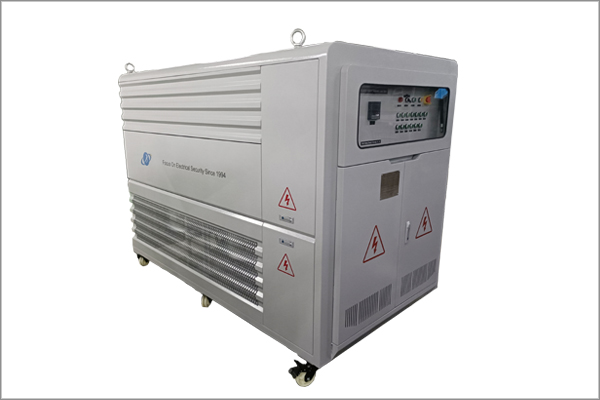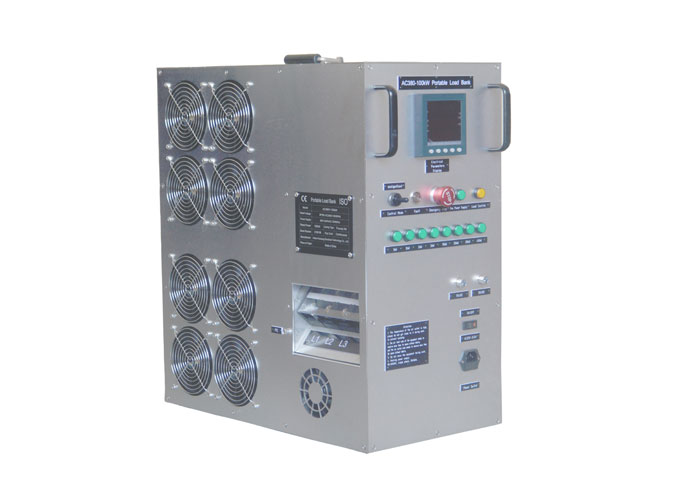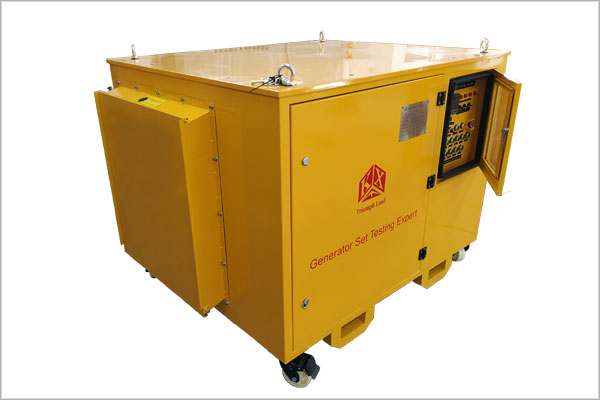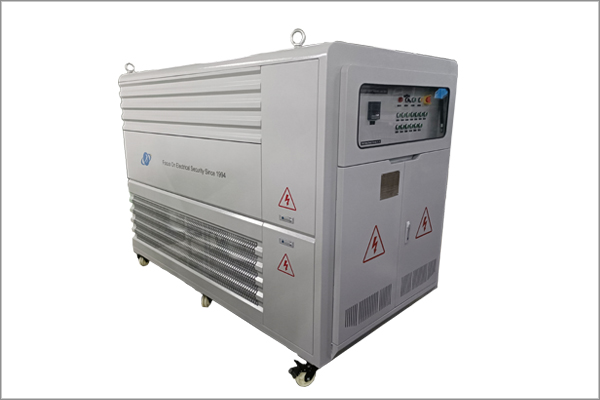Analysis of load test content of power plant standby generator
Time:2024-04-08
As an important part of power system, the reliability of standby generator is directly related to the stable operation of power plant and the continuity of power supply. Therefore, it is essential to perform regular load tests on backup generators to ensure that they can start quickly and provide stable power in the event of an emergency. This paper will analyze in detail the main content of load test of standby generator in power plant.
1. Preparation before load test
Before the load test, the backup generator needs to be fully inspected and maintained to ensure that it is in good working order. This includes checking whether the engine oil, coolant, fuel, etc. is sufficient, whether the electrical connection is firm, and whether the control system is normal. At the same time, it is also necessary to check and calibrate the load test equipment to ensure the accuracy of the test results.
Second, the main content of load testing
Start-up performance test
Starting a performance test is the first step in a load test. The startup time and startup success rate of the standby generator are tested by simulating the actual startup conditions. This helps to assess the response capacity of the generator in an emergency.
Steady state load test
The steady-state load test is a key step to evaluate the performance of generators under stable working conditions. During the test process, the load is gradually increased to observe whether the voltage, current, frequency and other parameters of the generator are stable within the specified range. This helps to judge the power supply capacity of the generator under different loads.
Dynamic load test
The dynamic load test is designed to simulate the rapid change of generator load in real operation. Test the dynamic response and stability of the generator by rapidly increasing or decreasing the load. This helps to evaluate the generator's adaptability under complex operating conditions.
Overload capability test
The overload capacity test assesses the performance of a generator in excess of its rated load. By gradually increasing the load to exceed the rated value, the generator's output voltage, current and other parameters are observed to assess its overload capacity and safety.
Temperature test
Temperature test is to check the temperature change of each component of the generator during load operation. By monitoring the temperature of the generator body, radiator, cable and other key parts, you can evaluate the heat dissipation performance and thermal stability of the generator.
Iii. Data analysis and summary after load test
After the load test is completed, the test data needs to be analyzed and summarized in detail. By comparing the test data with the technical specifications and requirements of the generator, it is possible to assess whether the performance of the generator is up to standard, as well as existing problems and improvement directions. At the same time, it is also necessary to formulate the corresponding maintenance and maintenance plan according to the test results to ensure the long-term stable operation of the standby generator.
To sum up, the load test of the standby generator is an important means to ensure the stable and reliable operation of the generator. Through comprehensive and detailed testing and analysis, potential problems can be found and solved in time to improve the power supply guarantee ability of the power plant.
News Recommendation
-
 2023-04-21
2023-04-21TRIUMPH LOAD EXHIBITING AT DATA CENTER WORLD GERMANY 2023-BOOTH F909
-
 2023-04-06
2023-04-06TRIUMPH LOAD EXHIBITING AT ELECTRIC POWER TECH KOREA 2023 – Booth G109
-
 2022-05-05
2022-05-05What is the role of ac load bank for power supply?
-
 2022-05-05
2022-05-05What is the role of the load bank?
-
 2022-03-22
2022-03-22The importance of daily inspection and maintenance of load bank


